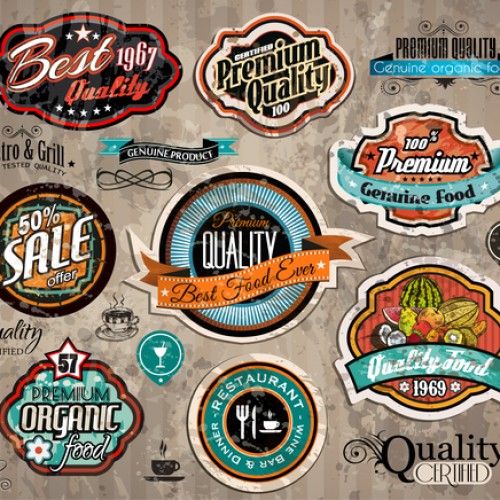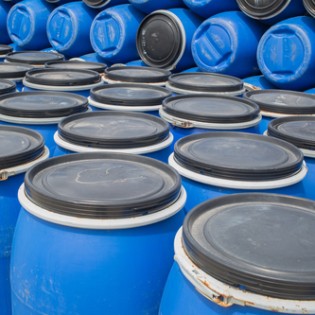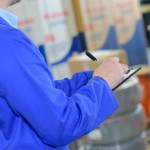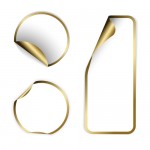You may not know this but product labeling and the science behind it date back to as early as the 9th Century BCE. Back then, product packages used natural materials such as wineskins, woven bags and wooden barrels to package their products. Labeling was not advanced but still, the said wooden barrels featured some form or art. Woven bags on the other hand were intricately woven to impress buyers in open air markets. So much has changed since then. The industry has evolved in so many ways. There are however a few factors that have remained constant. But how exactly has product labeling evolved? Read on to learn more.
Tinning
The tinplate was a common packaging feature in the 18th Century. Its manufacture was a Bohemian monopoly before it spread to parts of Europe. At this time though labeling was still advancing. Tinplates featured little to no art. Inscribed tinplates were a special preserve of the rich. By 1667, the tinplate had already found its way to England, courtesy of Andrew Yarranton and Ambrose Crowley. Andrew, an engineer by professional had mastered the art of manufacturing tinplates. His students later perfected the art. By 1725, tinplates were selling in Ports of Briston where they would be shipped.
Again, labeling at this stage was not advanced. Good would be put in the tinplates without being inscribed unless, the merchant was a Lord selling to other Lords. This went on for long until the printing press industry improved in the 19th century.
Canning
The tin canning process did not pick up until 1810 when Peter Durand patented the process. Shortly after that, the discovery of airtight containers for consumables changed the industry. There was an urgent need to inform consumers about the content of whatever was inside the airtight containers. This is where labels came into the picture. Artists were commissioned to label products. This proved to be costly though. As it was the case with tinplates, the practice was abandoned with the printing press revolution. Manufacturers could ultimately print labels and stick them to their products. The labels did not feature so much detail as it is the case today. Labels hardly ever went beyond necessaries such as the brand, product name, directions for use and expiry date.
Paper Based Packaging
Although paper based packaging had been perfected by 17th century, its use was not appreciated until 18th and 19th century. Fortunately, Robert Gair’s invention in 1890 revolutionized both product labeling and packaging. He invented the pre-cut paperboard box, which were flat pieces that could be manufactured in bulk and folded into boxes. Shortly after his invention, commercial paper bags with labels hit the market.
20TH Century Product Labeling And Packaging
Product labeling improved significantly by 20th century. Panels on cartons, cellophane overwraps and even Bakelite closures on bottles were common. All these innovations meant increased processing efficiency had been realized. They also meant improved food safety. Over and beyond all these perks though, labeling had taken strides people had not imagined before. Colored labels emerged, creating a sudden need in creativity.







